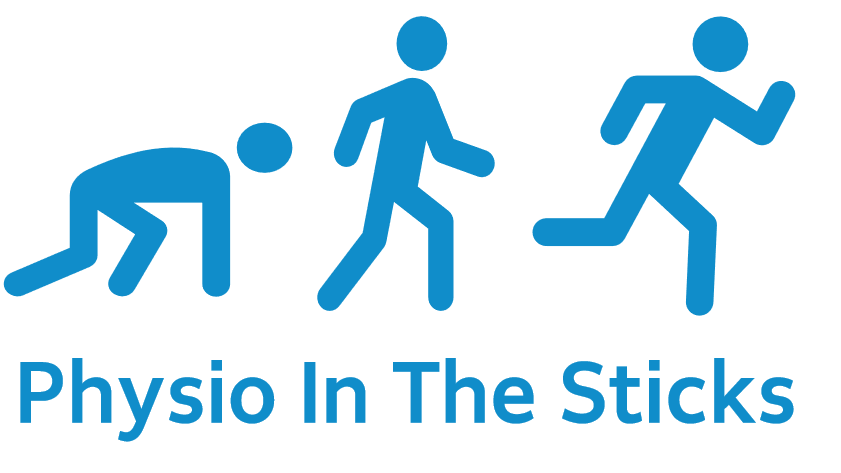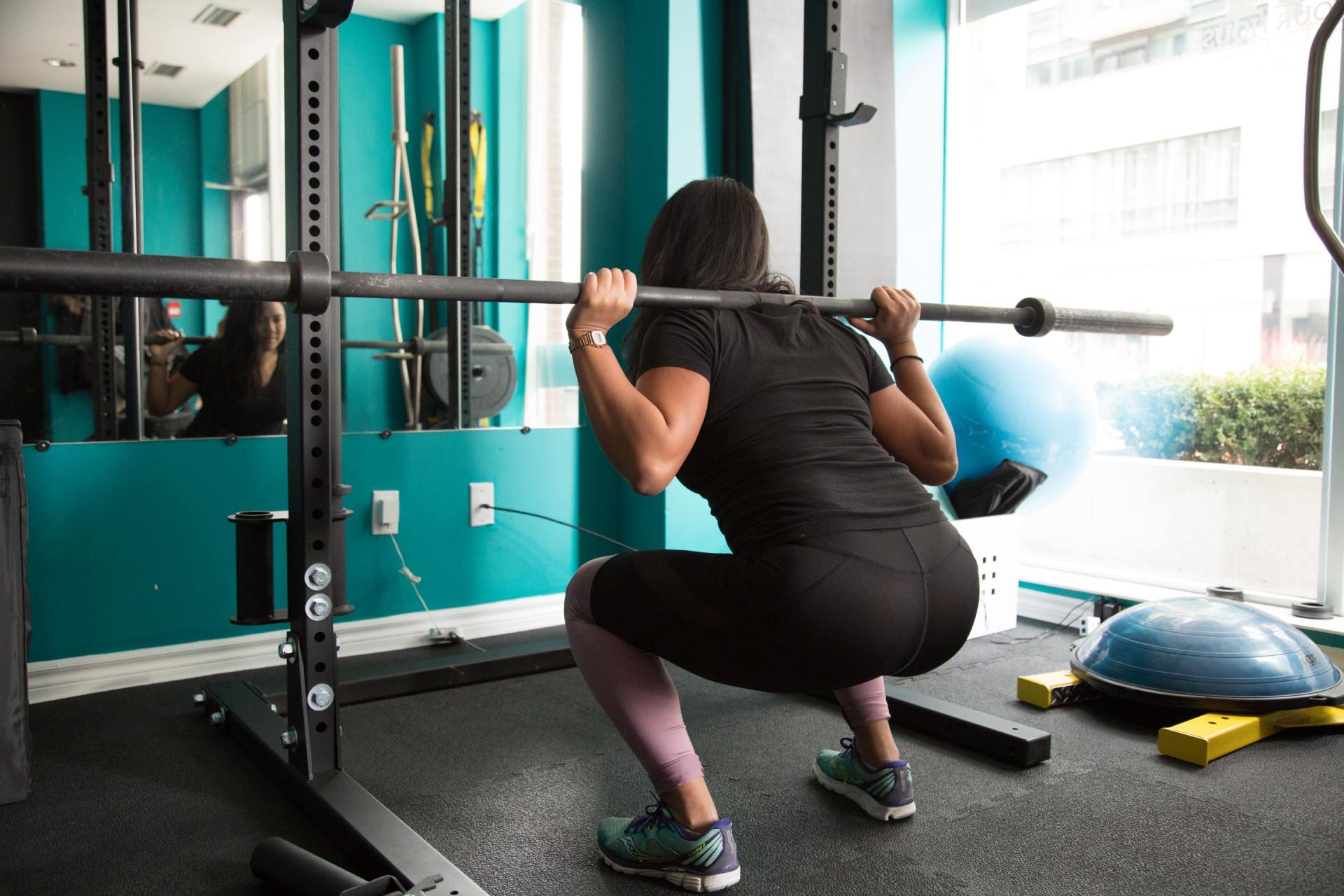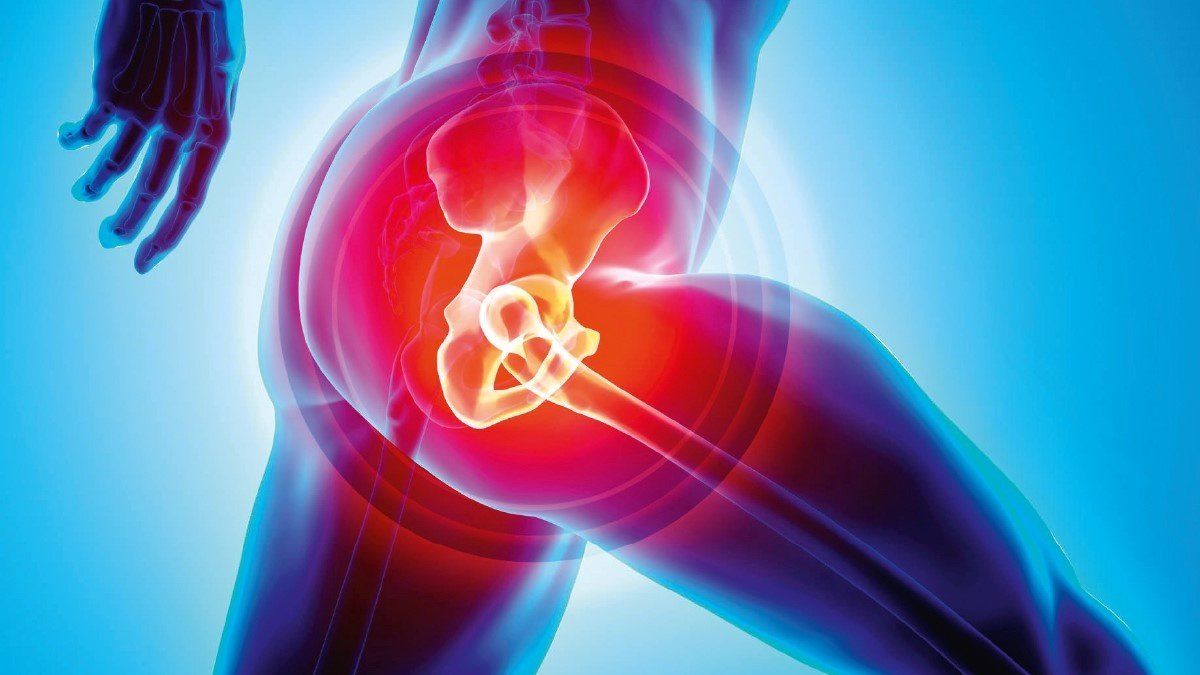If you have chronic hip pain, osteoarthritis, sudden hip pain, hamstring or groin strain you can now see a physiotherapist at home or online. Whether you have a sport you want to return to or to get back to everyday activities pain free, we can help. By putting you at the centre of the treatment plan and considering your needs and goals we can help you recover. Home visits for hip surgery pre-hab or post hip replacement surgery rehabilitation are available in the local area.
High quality, modern, private physiotherapy gives time to answer all your questions, help you understand the issue and develop a detailed treatment plan that includes so much more than your muscles and joints. Build confidence moving and exercising with friendly, professional guidance.
Hip Prehabilitation - Client Stories
I have recently had a hip replacement operation and was walking, unaided, within a week of the procedure. My secret weapon is Amanda Stephenson's "Physio in the Sticks". Amanda recommended a series of "pre-hab" exercises which, with her regular support, I used for six weeks prior to the operation. Thus building up the muscle support around the joint. Amanda made frequent interventions to ensure the exercises were appropriate at all stages. No crutches and a stick for just five days after leaving hospital. The results speak for themselves. Amanda has helped to make this potentially traumatic experience as easy and painless as possible. J.W.
Why getting fit for hip surgery is a good idea
Hip replacements are performed after a very long period of joint degeneration. Our bodies can withstand the signs of ageing well - just as we have grey hairs and wrinkles on the outside, our joints continue to function well as long as we are active and maintain our muscle strength. However when everyday activities such as putting on your socks, using the stairs or walking become painful, hip surgery is often seen as the only option. Osteoarthritis is the most common reason for hip replacement. It was thought to be the unavoidable result of a long life but research shows it is much more complex condition with many causes. Symptoms come and go and people should have strategies to manage it. The National Institute for Health and Care Excellence (NICE) recommends education, exercise and weight loss as gold standard treatments for hip osteoarthritis. There is high-quality evidence for the benefits of conservative management, such as physiotherapy, weight-loss, non steroidal anti-inflammatory medication, strengthening and aerobic exercises, such as cycling and walking, can reduce pain and improve mobility. Some people may find that following a few physiotherapy sessions their pain levels decrease and their mobility improves sufficiently for them to delay surgery. With current concerns about Covid-19 this may help people manage their symptoms whilst waiting longer for surgery.
Physiotherapy can help in several ways. A painful osteo-arthritic hip can cause stiffness in the lower back, weakness in the knee muscles and foot muscles causing muscle imbalances and altered walking patterns. This can lead to a slow deterioration in overall physical fitness, mobility and strength before surgery, making it harder to return to normal activity post-operatively. By seeing a physio for a few session before hip surgery, you can regain muscle strength in your quadriceps, hip abductors, hamstrings, gluteal muscles and calf muscles - which will help you return to functional fitness (walking, getting up from a chair, getting in and out of bed, standing) much quicker after surgery. Pre-hip surgery prehab can reduce the amount of time you spend in hospital after surgery and reduce the amount of physiotherapy you need after surgery. Improving your muscle strength before surgery can also help you maintain your function whilst you wait for your surgery and also reduce your pain. By improving hip muscle strength you can ease the load on the joint and this in turn reduces the pain. Your physiotherapist can help build a a specific prehab program tailored to you following an in-depth assessment including biomechanics, functional ability, muscle strength testing and flexibility. 6-8 weeks of prehabilitation, is recommended but starting earlier can help to manage pain and stiffness.
Getting a medical assessment from your GP is recommended in the following circumstances:
In the event of any significant injury or trauma to the hip or groin area
If your pain levels are severe
If you are struggling to put weight through your leg
If you have any altered sensation or weakness in your leg If you develop any testicular pain
If you develop any swelling in your hip or groin area - especially if it is hot and red If your groin symptoms are made worse by coughing or sneezing
Hip osteoarthritis
This condition causes pain and stiffness in the hip joint which is often due to thinning cartilage that covers the joint surfaces. Common symptoms are pain at the front and side of the hip, stiffness in the hip joint, worse in the morning or after prolonged sitting, it is more common in people over the age of 50 and is usually a gradual onset. It is best managed with exercise to increase the muscle strength around the hip joint, improve joint range of motion and reduce inflammation. Exercise can be painful with osteoarthritis so it can require a bit of trial-and-error to find the right type and intensity of exercise to suit you, gradually building up as your joints tolerate more. Non-weight bearing exercise such as swimming and cycling are often popular to help manage osteoarthritis but weight-bearing activity such as walking, running or weight training are all excellent options, they may just require you to build up more slowly. Lifestyle factors, such as being overweight or smoking, are linked to poorer outcomes for people with osteoarthritis so making healthier choices can also have a positive impact on symptoms. Sometimes the symptoms may be too severe and limit function to such an extent that surgery such as hip resurfacing or a total hip replacement, becomes and option depending on your needs and goals.
Lateral hip pain (pain at the outside of the hip)
This is a very common area to experience hip pain, it is often aggravated by direct pressure to the side of the hip, such as lying on the side at night, or by activities such as prolonged walking attempting to stretch the area by bring the knee across the body. It can be caused by one of several tissues including the gluteal tendon which is where the gluteal muscles attach to the leg bone, the trochanteric bursa which is a small fluid-filled sac that provides cushioning for the tendon, the iliotibial band which is a large band-like structure than runs from your hip to the outside of your knee.
You are more likely to experience lateral hip pain if you are a woman aged 40 – 60, have osteoarthritis in the hip or lower back, have one leg shorter than the other, have a scoliosis, have had a sudden increase in exercise or have weak/deconditioned gluteal muscles. Previously lateral hip pain may have been treated with a steroid injection to reduce the pain, but these are now known to cause tendon degeneration and no longer recommended as a first line of treatment. The current best evidence recommends identifying and reducing the aggravating activities and following a programme aiming to improve the load tolerance of the gluteal muscles.
Ilio-tibial band syndrome (ITB syndrome)
ITB syndrome is a very common complaint often seen in runners, the iliotibial band (ITB) is a strong layer of tissue which runs down the outer thigh from the hip to the knee. It helps stabilise the hip and knee during activities such as running - it is known to affect 7-14% runners. The IT band is extremely strong and stable - it is hard to damage. The pain you experience in this condition is thought to be caused by the ITB compressing the structures below it excessively. It is important to know that this compression is normal during everyday activities where the knee bends and straightens. When we change the amount or type of activity we do too quickly, it can cause increased compression to the underlying structures, making them sensitive and painful, therefore compressing the ITB further with a foam roller or massage is not recommended.
Hip impingement (Femero-acetabular impingement FAI)
Hip impingement is a term used to describe pain at the top of the leg at the hip joint which can radiate into the groin. It is thought to occur as a result of the hip joint not quite moving as it should and areas of the joint or surrounding soft tissue become irritated. It is very common in athletes involved in sports that include a change of direction or rotation. Common symptoms include; pain made worse by deep squatting, pain worse in sitting, pain following a change of direction with running, clicking may be present. Hip impingement symptoms usually occur due to a number of factors in combination. We all have hip joints that are unique in their shape and positioning which are strongly influenced by genetics and the activities we do. There is no ‘normal’ when it comes to hip joints and many changes that are associated with hip impingement on scans can actually be very common in people with no symptoms.
Reducing how often you perform the tasks that irritate your hip for a period of time can help to manage FAI. There is rarely a need to rest completely but it may mean avoiding or adapting certain activities that aggravate the symptoms.. A structured rehabilitation programme should be followed before a return to full activities – this is something that can be guided by a Physiotherapist. There are also several surgical interventions that are commonly used for this condition, such as hip arthroscopy. The aim is to change any of the bony lumps and bumps that could be contributing to pain. However this requires a long period of rehabilitation after the surgery and there is evidence that a Physiotherapy programme can be just as effective as surgery.
Hamstring muscle injury
The hamstrings are a group of 3 muscles that are found at the back of the thigh. They start from the buttock area and end just below the knee. They are called the semimembranosus, semitendinosus and the bicep femoris. The hamstrings have actions that can move both the hip and the knee, and they are essential to our leg function. The hamstrings bend the knee and extend the hip (move our leg behind us), along with assisting with the stability of the knee. Hamstring injuries are among the most common injuries found within most running based sports, particularly sports that involve acceleration and deceleration (quick changes of speed) such as football, rugby, and hockey. Large forces are generated in these muscles during running and high-speed sports. There are two main ways that hamstring injuries occur; high speed running - such as a rugby player accelerating to get to the ball before their opponent - or overstretching of the muscle. Imagine a footballer lunging for a ball that is getting further away from them to make a tackle.
Grade 1: Mild overstretching resulting in some small micro tears in the hamstring muscle fibres (typically less than 10%).
Grade 2: Partial tearing of your muscle fibres (typically between 11-49% of the fibres torn.
Grade 3: Complete tearing or rupture of your muscle fibres (typically more than 50% of the fibres torn).
Grade 1 & 2 injuries are most likely to recover within several weeks with good rehabilitation/ exercises. Grade 3 injuries often require investigations - such as ultrasound scans or MRI’s. This type of injury may take several months to repair and will also require rehabilitation/ exercises
Groin strain (adductor strain)
The muscles of the inner thigh (adductor muscles) are large and powerful and attach from the knee and inner thigh bone up to a bony prominence on the front of the pelvis via a tendon. The action of the muscles is to pull the thigh bone inwards or to stop the thigh being pulled too far outwards. If the muscle is suddenly over-loaded or over-stretched this can cause a muscle strain. This is known as adductor strain or groin strain as the pain is most often felt deep in the groin or at the very top of the inner thigh. Overuse over a longer period of time can lead to a condition called adductor tendinopathy, which can cause pain high up at the point where the adductor muscle attaches to the groin.
Dynamic sports such as football, basketball or netball which involve lots of twisting, sideways movements and stretching or kicking are common causes of groin strain. Strains are most often caused by overstretching or sudden deceleration of a sideways step or twist and may come on suddenly or with repeated activity. Physiotherapy can often be of great benefit in cases of groin strain or persistent groin pain as appropriate exercises to stretch and strengthen the adductors and abdominals are vital to a good recovery. The earlier you can start the rehab exercises the better! That goes for all muscle injuries and not just those in the groin or inside of the leg. Good evidence tells us that starting rehab early means that you will be back to your usual tasks quicker. It is always a good idea to get some advice on what exercises to perform and how quickly to progress. This is even more important if you want to get back to playing sport or running.
There are other more serious causes of groin pain such as testicular cancer in men which, although rare, should be checked out. Self-examination of the testicles is important to exclude such causes and doctors recommend you do this regularly to detect changes, not just in the event of pain. If you have any concerns about your groin pain you should always consult your GP.


